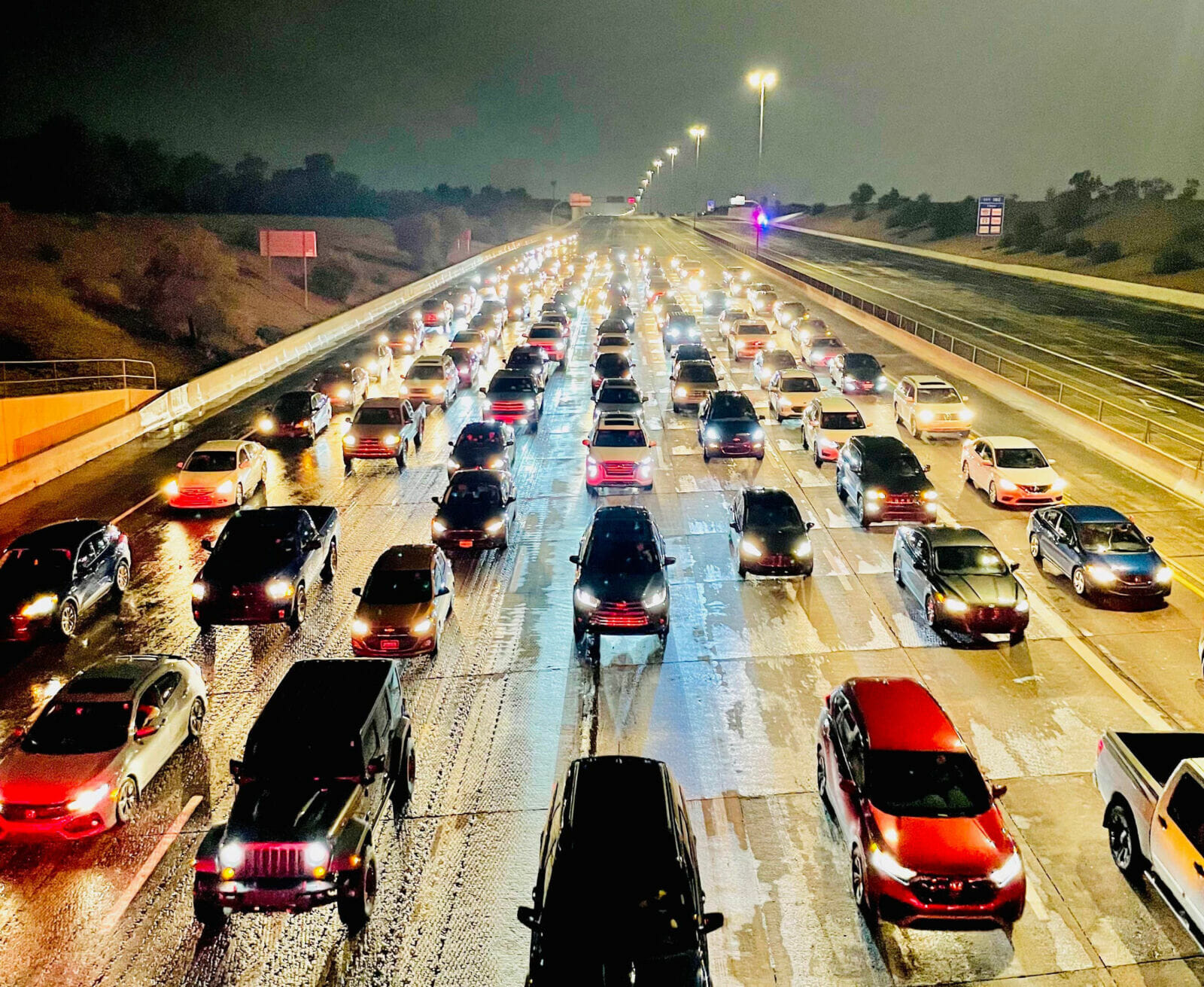Although remote work was not unheard of prior to the COVID-19 pandemic lockdowns, the ample wave that rose in 2020 continues to ripple through the national workscape. And, although there is still some debate regarding a fully flexible future of work, the movement has so far brought certain undeniable benefits: Whether it has to do with evolving energy costs, health concerns, or investing that time toward more issues of personal value, cutting down on at least some of the previous commute times has been highly appreciated.
But, how much did things actually change? To find out if an increase in the number of remote workers has put a dent in commute times for those still traveling to work, a CommercialCafe study looked at the most recent U.S. Census data on how 2021 numbers compared to 2019.
READ ALSO: Here are the top Google searches related to Phoenix real estate
READ ALSO: What do you need to know about higher interest rates as a buyer?
Here’s what Census survey data revealed about Phoenix and Mesa:
• The average commute time in Phoenix in 2021 was 5 minutes shorter per day than in 2019 (2.6 minutes quicker each way), adding up to an estimated 22 hours saved last year, on average, per commuter;
• In Mesa, the average commute time was 6 minutes shorter per day in 2021 for non-remote workers, adding up to an estimated average of 27 hours saved per commuter per year;
• The number of remote workers in Phoenix grew from an estimated 53,390 in 2019 to nearly 177,430 in 2021, while the estimated number of remote workers in Mesa rose by 152% from around 20,000 in 2019 to almost 50,480 in 2021;
• The Western U.S. cities saw the most significant contractions in average commute time, followed by major cities in the Southern region, where commuters saved at least a day’s worth of commute time last year, compared to 2019;
• In 2019, Americans spent an average of 55.2 minutes per day on a round-trip commute. In 2021, the same commute time had dropped to 51.2 minutes — a 7% decrease in the national average, which added up to roughly 17 hours in commute time saved per year.
The National Average Commute Time Drops 7%, Remote Workforce Grows
In 2019, Americans spent an average of 55.2 minutes per day on a round-trip commute (27.2 minutes each way). Two years later in 2021, Census survey data revealed that the same commute time had dropped to 51.2 minutes (or 25.6 minutes each way) — a 7% decrease in the national average, which added up to roughly 17 hours in commute time saved per year.
Meanwhile, the remote workforce increased 12 percentage points (ppt) — from nearly 6% in 2019 to just below 18% of the national workforce in 2021. In plain numbers, we estimated that, in 2019, there were nearly 9 million workers aged 16 years and older who were doing their jobs outside of a centralized workplace. For comparison, in 2021, that portion of the workforce increased to roughly 27.6 million workers. As a result, there were about 18.6 million fewer commuters across the country last year.
However, things look very different at the local level. Granted, both commute times and workforce distribution can vary greatly depending on a multitude of factors, such as: the size of the city; the local transit infrastructure; the makeup of the local economy and how much of it is compatible with remote work; local geography; seasonal weather patterns and more.
In particular, among the 50 most populous U.S. cities, those that saw the most significant contractions in average commute time were in the Western U.S. These were followed by major cities in the Southern region, where commuters saved at least a day’s worth of commute time last year, compared to 2019.




